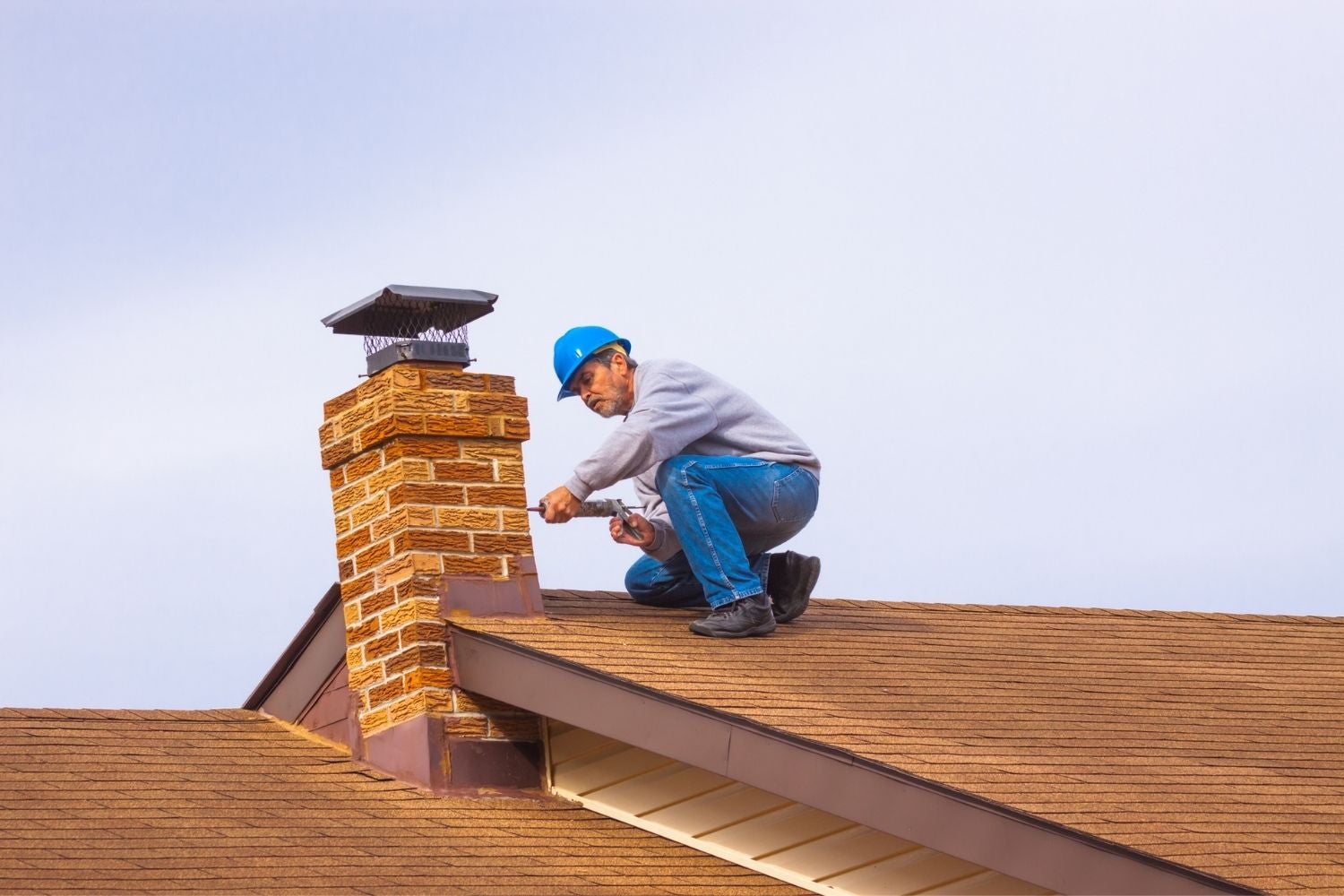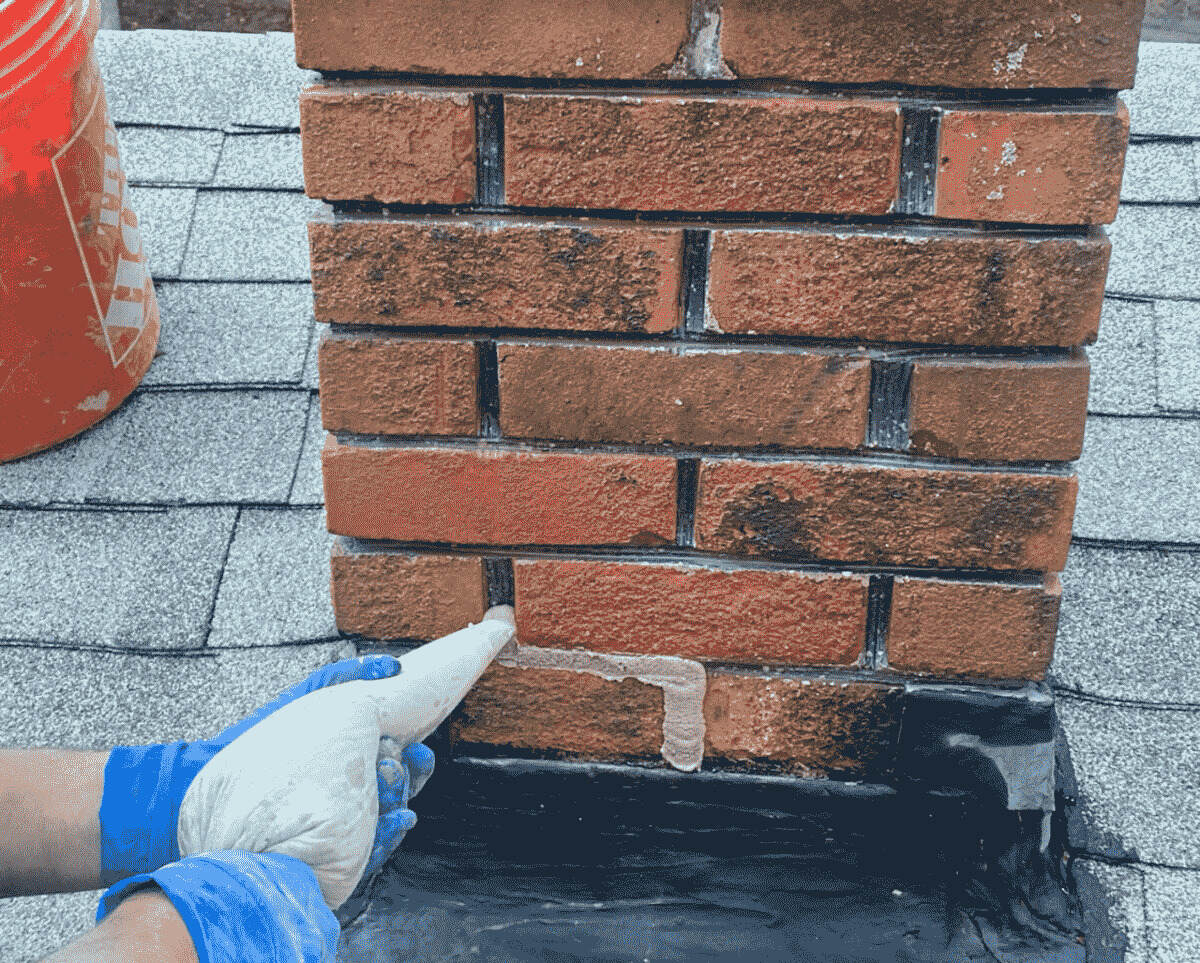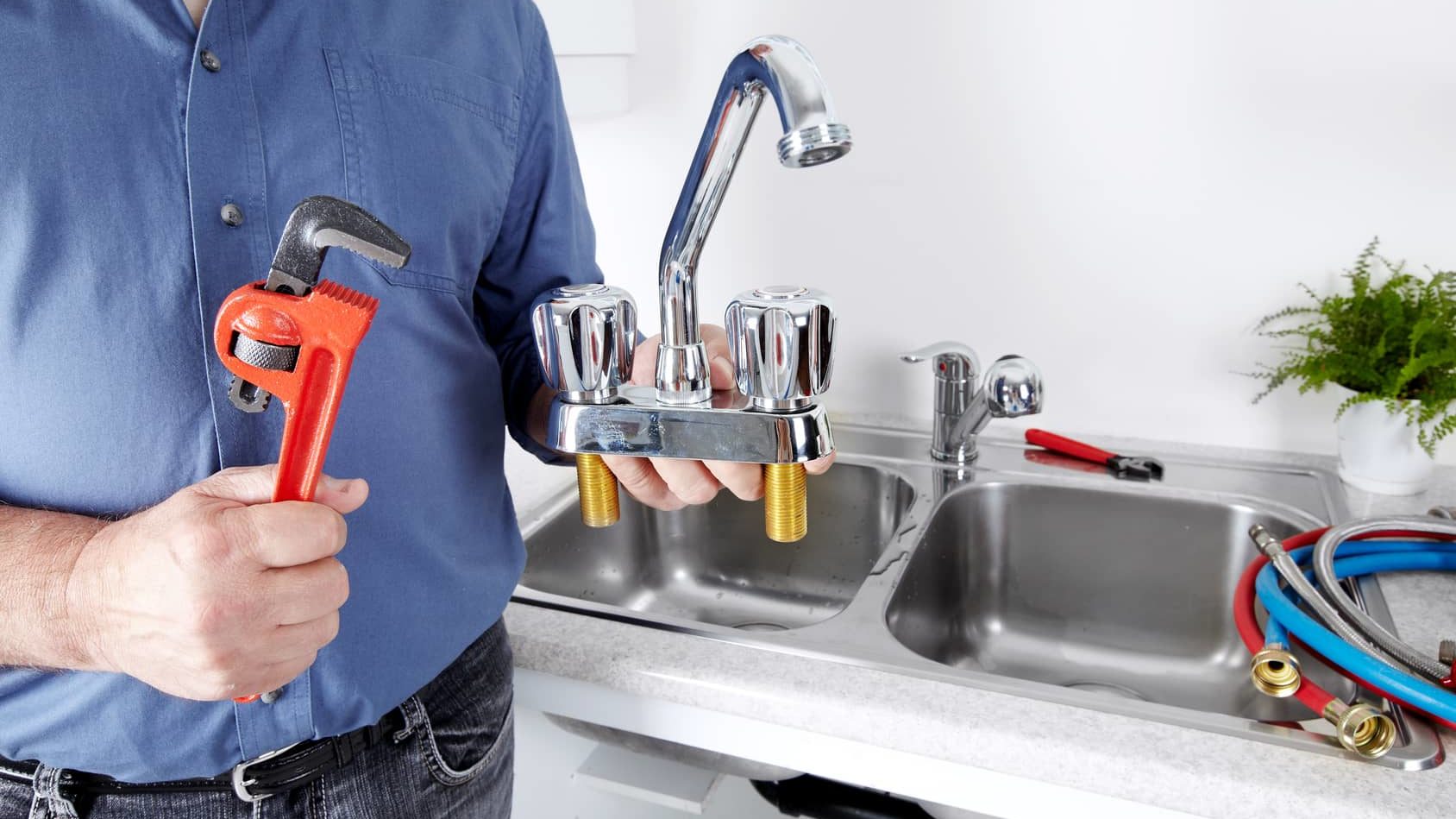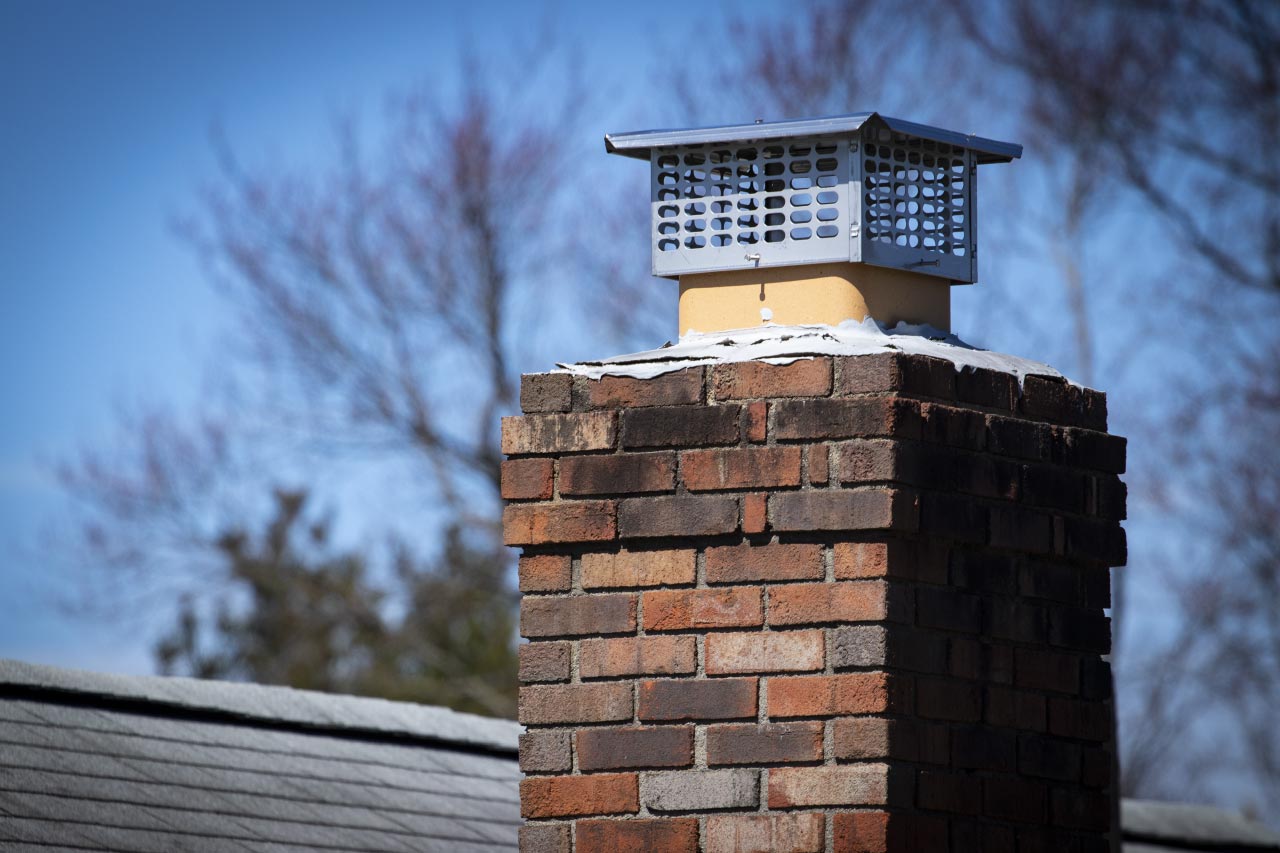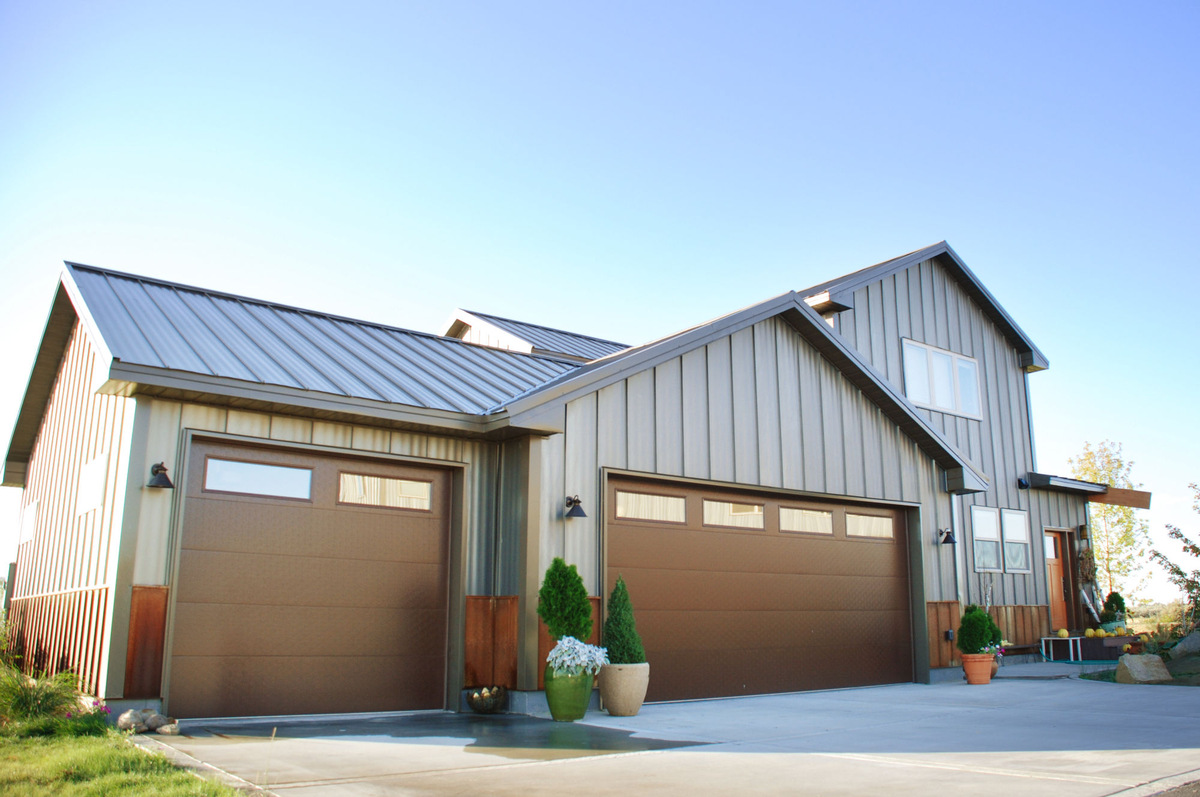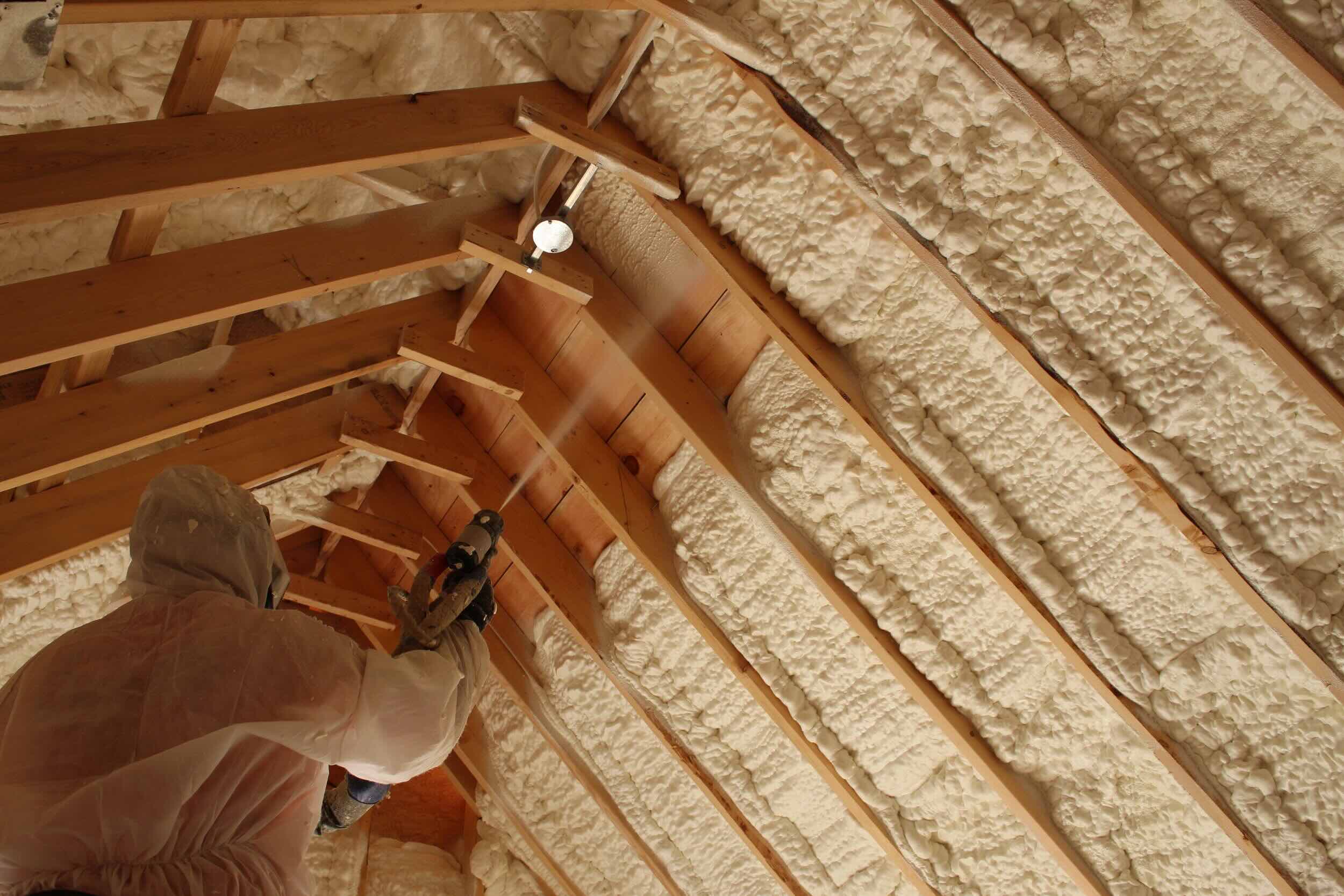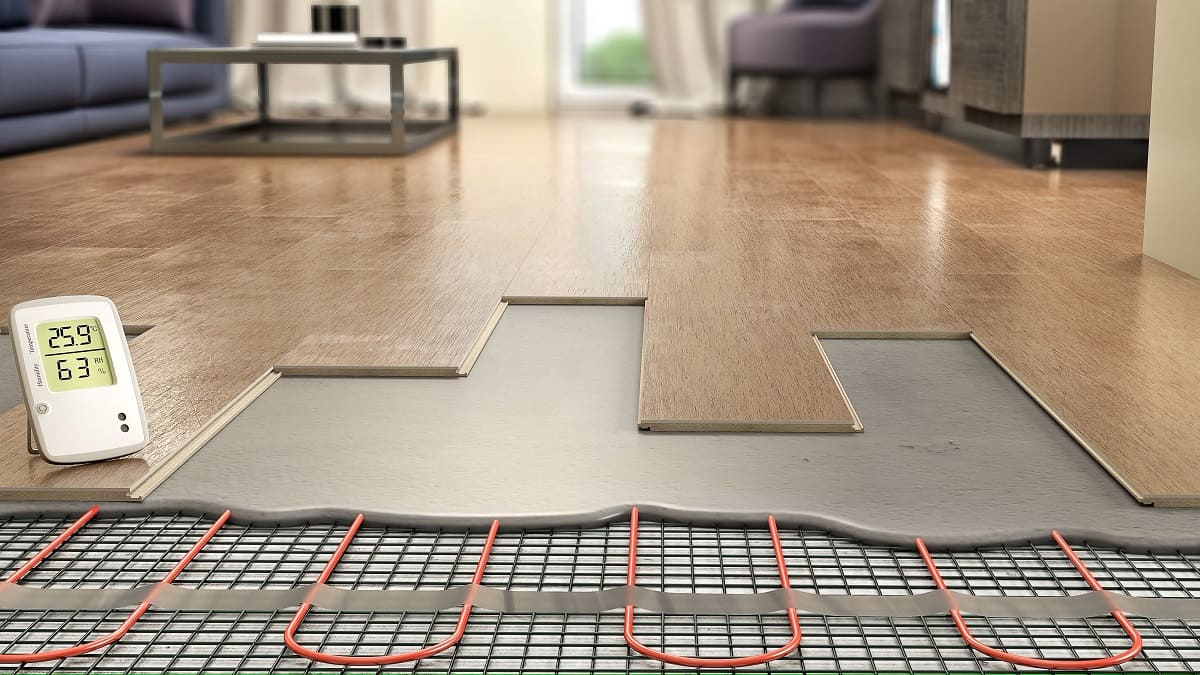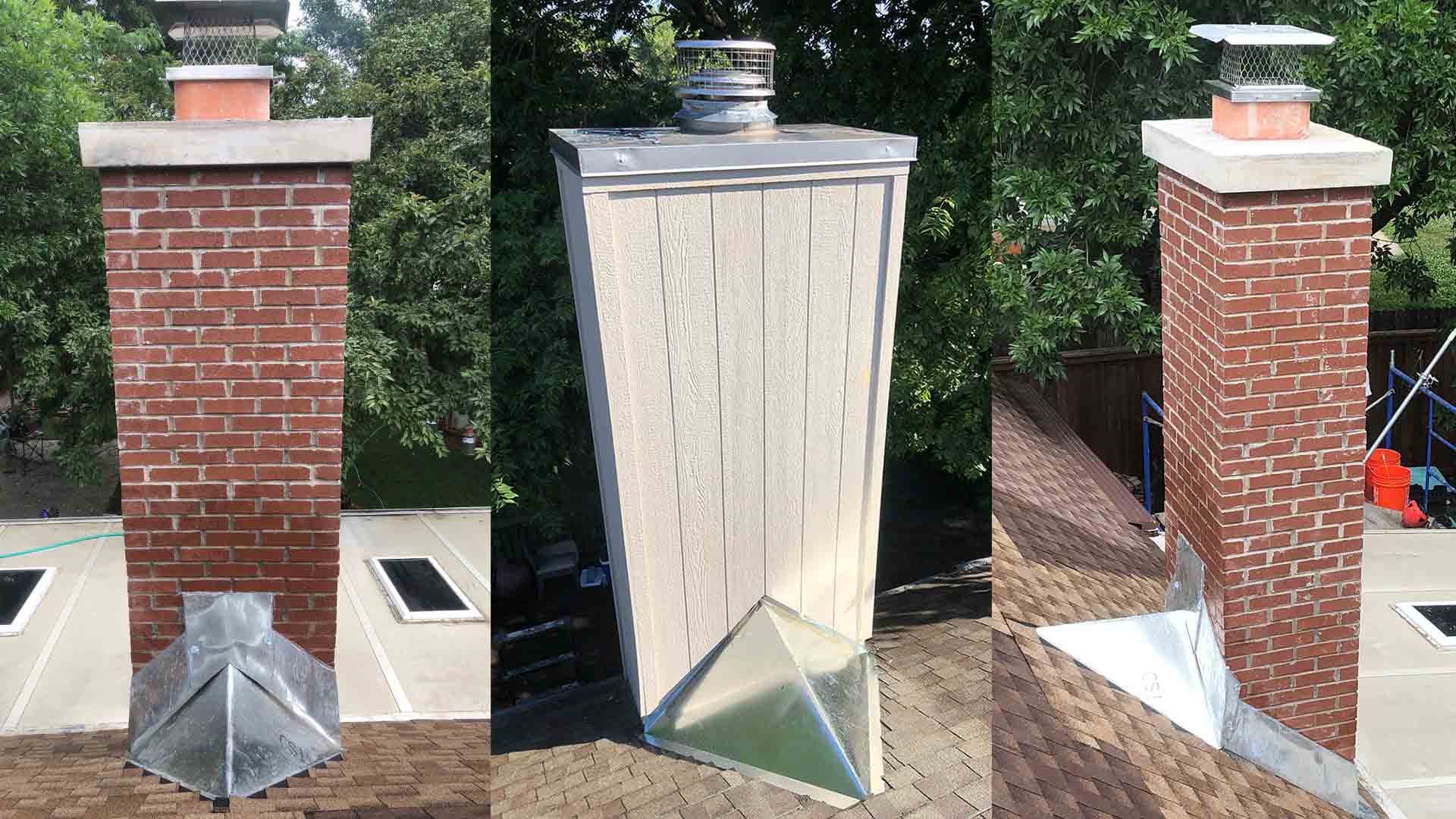Home>Home Maintenance>How Much Does Bike Repair Cost
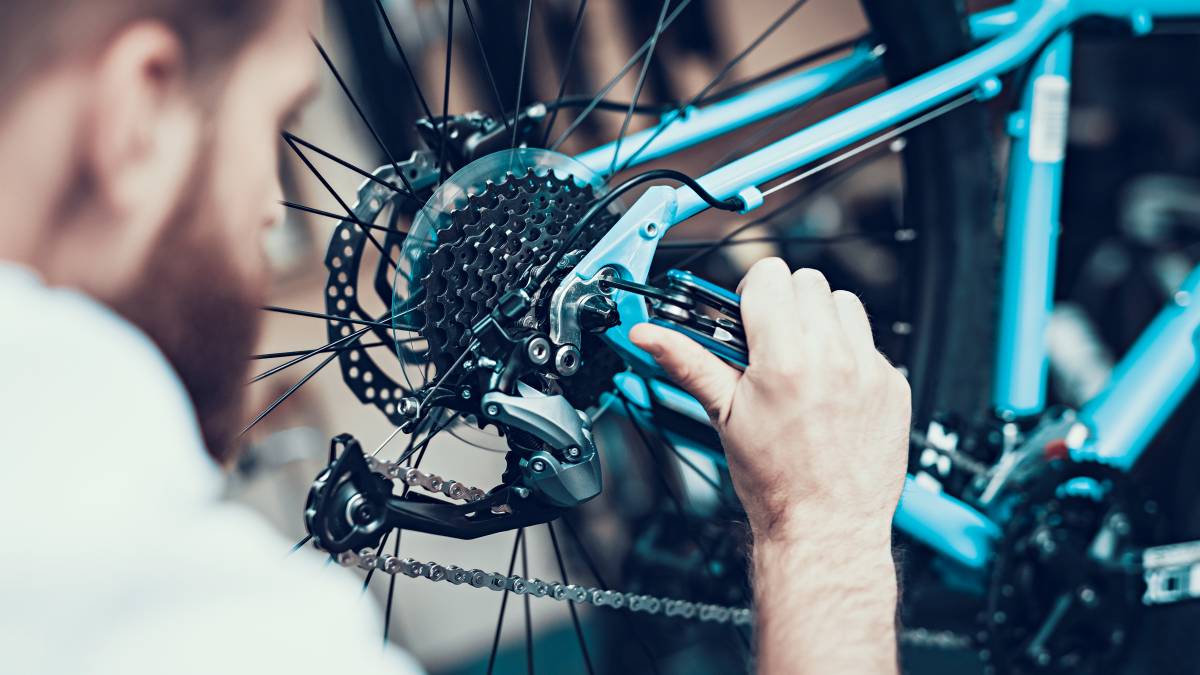

Home Maintenance
How Much Does Bike Repair Cost
Modified: March 19, 2024
Find out the cost of bike repairs at home. Get expert advice and tips on home maintenance for keeping your bike in top condition.
(Many of the links in this article redirect to a specific reviewed product. Your purchase of these products through affiliate links helps to generate commission for Storables.com, at no extra cost. Learn more)
Introduction
For bike enthusiasts, there’s nothing quite as frustrating as a broken-down bicycle. Whether it’s a flat tire, a squeaky chain, or a misaligned brake, bike repairs are inevitable. However, before you rush off to the nearest bike shop, it’s crucial to understand the factors that affect bike repair costs.
When it comes to bike repair costs, there is no one-size-fits-all answer. The price of repairs can vary significantly depending on various factors such as the type of repair needed, the level of expertise required, the location of the bike shop, and the quality of the bike parts used. To help you navigate the world of bike repairs and make an informed decision, this article will explore the factors affecting bike repair costs, common bike repairs and their costs, the pros and cons of DIY bike repair versus professional bike repair, additional costs to consider, and tips for saving money on bike repairs.
So, whether you’re a casual weekend rider or a dedicated cycling enthusiast, keep reading to discover everything you need to know about bike repair costs.
Key Takeaways:
- Bike repair costs vary based on factors like repair complexity, location, and part quality. Comparing quotes and learning basic repairs can help save money and keep your bike in top shape.
- Whether DIY or professional, understanding repair costs and considering additional expenses can help budget for bike repairs. Regular maintenance and seeking multiple quotes are key money-saving strategies.
Read more: How Much Does Chimney Inspection Cost
Factors Affecting Bike Repair Costs
When it comes to determining the cost of bike repairs, there are several factors to consider. Understanding these factors can help you anticipate the potential costs and make informed decisions about your bike maintenance. Here are the key factors that can influence bike repair costs:
- Type of Repair: The type of repair needed is one of the primary factors affecting the cost. Basic repairs like fixing a flat tire or adjusting brakes typically have lower costs, while complex repairs like replacing a drivetrain or rebuilding a wheel can be more expensive.
- Level of Expertise: The level of expertise required for the repair can also impact the cost. Highly specialized repairs, such as hydraulic brake bleeding or suspension maintenance, may require the skills of a professional bike mechanic, which can increase the cost.
- Location: The location of the bike shop can also affect the repair costs. In urban areas with higher living costs, bike shops may have higher overhead expenses, resulting in slightly higher repair prices compared to shops in rural areas.
- Quality of Parts Used: The quality of the replacement parts used in the repair can significantly impact the cost. Opting for high-quality, durable components may increase the repair bill initially but can save you money in the long run by ensuring the longevity and reliability of your bike.
- Urgency of the Repair: If you need a quick turnaround for your repair or require a same-day service, bike shops may charge additional fees for expedited service.
- Brand and Model: The brand and model of your bicycle can also influence repair costs. Some high-end or boutique brands may have more expensive replacement parts, while certain obscure models may require more effort and time to source parts, affecting the overall repair price.
It’s important to note that these factors are not absolute, and the costs can vary from one bike shop to another. It’s always a good idea to consult with multiple bike shops, compare quotes, and ask for detailed breakdowns of the repair costs to make an informed decision.
Common Bike Repairs and their Costs
Now that we’ve explored the factors that can affect bike repair costs, let’s take a closer look at some common bike repairs and their associated costs. It’s important to keep in mind that the costs mentioned here are approximate and can vary depending on the factors mentioned earlier.
- Flat Tire Repair: Repairing a flat tire is one of the most common bike repairs. The cost typically ranges from $10 to $20, including the labor and the replacement tube.
- Brake Adjustments: Adjusting the brakes to ensure optimal performance can cost around $15 to $30, depending on the complexity of the adjustment required.
- Chain Replacement: Replacing a worn-out or damaged chain can cost between $20 and $50, depending on the quality of the chain and any additional components that may need to be replaced, such as a cassette or chainrings.
- Gear Adjustment: If you’re experiencing issues with shifting gears, getting them adjusted can cost around $20 to $40, depending on the level of adjustment needed.
- Wheel Truing: If your wheels are out of alignment and causing wobbling or rubbing against the brakes, getting them trued can cost between $20 and $50 per wheel.
- Bottom Bracket Replacement: Replacing a worn-out or damaged bottom bracket can range from $30 to $100, depending on the type and quality of the bottom bracket.
- Hub Overhaul: Overhauling the hubs to ensure smooth spinning can cost between $30 and $60, depending on the type of hubs and any additional parts required.
- Handlebar Tape Replacement: If your handlebar tape is worn or damaged, getting it replaced can cost around $10 to $30, depending on the type and quality of the tape.
- Saddle Replacement: Upgrading or replacing your saddle can range from $20 to $150, depending on the type and quality of the saddle.
These are just a few examples of common bike repairs and their associated costs. Remember, these costs may vary depending on factors such as the bike shop, location, and the specific details of your bike’s repair needs. If you’re unsure about the cost, it’s always best to reach out to a trusted bike shop for a quote.
DIY Bike Repair vs. Professional Bike Repair
When it comes to bike repairs, you may find yourself wondering whether to tackle the repair yourself or seek the assistance of a professional bike mechanic. Both options have their advantages and considerations. Let’s take a look at DIY bike repair versus professional bike repair.
DIY Bike Repair:
Many cyclists enjoy the hands-on experience of performing their own bike repairs. DIY repairs can be rewarding and cost-effective, especially for minor repairs and maintenance tasks. Here are some benefits of DIY bike repair:
- Cost Savings: DIY repairs can save you money on labor costs. Instead of paying a bike shop for the repair, you can invest in tools and replacement parts and become self-sufficient in maintaining your bike.
- Flexibility & Convenience: DIY repairs allow you to work on your bike at your own pace and schedule. You don’t need to rely on the availability of bike shops or wait for appointments.
- Learning Opportunities: DIY repairs can provide valuable learning experiences. As you work on your bike, you gain insights into how the components function and develop mechanical skills that can come in handy for future repairs.
However, there are a few considerations when it comes to DIY bike repair:
- Tools & Knowledge: Performing complex repairs requires the right tools and a solid understanding of bike mechanics. If you’re not confident in your abilities or lack the necessary tools, it may be best to seek professional help.
- Potential Mistakes: DIY repairs can be prone to errors, especially if you’re new to bike maintenance. Incorrect repairs can lead to further damage or safety hazards, so it’s important to carefully assess your skill level and the complexity of the repair before attempting it.
Professional Bike Repair:
Professional bike repair offers expertise and a guarantee of quality workmanship. Here are some advantages of choosing professional bike repair:
- Experience & Knowledge: Professional bike mechanics are extensively trained and experienced in various repair techniques. They have the expertise to identify and address complex issues that may not be evident to the untrained eye.
- Efficiency & Accuracy: Professionals have the tools and resources to efficiently diagnose and repair your bike. They can ensure that the repair is done accurately and to the highest standard.
- Warranty: Many bike shops offer warranties on their repair work and replacement parts, giving you peace of mind knowing that you’re covered if any issues arise.
However, professional bike repair also has a few considerations:
- Cost: Professional repairs come with labor costs, which can be higher than performing the repair yourself. The complexity of the repair and the region’s labor rates may influence repair costs.
- Dependency: Depending on professional repair services means relying on the availability and scheduling of bike shops, which may cause delays during peak seasons or in remote areas.
Ultimately, the decision between DIY bike repair and professional bike repair depends on your skill level, the complexity of the repair, your time availability, and your budget. Simple maintenance tasks can be handled at home, while complex repairs or specialized knowledge may necessitate professional assistance. It’s essential to assess your capabilities and make an informed decision that prioritizes both the cost savings and the safety of your bike.
Regular bike maintenance can help reduce repair costs. Keep your bike clean, lubricate the chain, check tire pressure, and inspect for any loose or worn parts regularly.
Additional Costs to Consider
When budgeting for bike repairs, it’s important to consider not only the direct costs of the repairs but also any additional expenses that may arise. Here are some additional costs to keep in mind:
- Replacement Parts: In addition to the labor charges, you’ll also need to factor in the cost of any replacement parts required for the repair. Whether it’s a new tube for a flat tire or a new chain for a worn-out one, these parts can contribute to the overall cost. It’s worth noting that high-quality parts may have a higher upfront cost but can save you money in the long run due to their durability.
- Shipping and Handling: If you need to order specific bike parts or accessories, you may incur additional charges for shipping and handling. Whether you’re buying online or through a local bike shop, be sure to account for these costs in your budget.
- Bike Maintenance Tools: If you’re planning on performing DIY repairs, you may need to invest in some basic bike maintenance tools. While these tools can be a one-time expense, they are essential for ongoing bike maintenance and can contribute to the overall cost of repairs.
- Upgrades and Enhancements: During the repair process, you may also encounter opportunities to upgrade certain components or make enhancements to your bike. These upgrades, such as a new set of pedals or a more comfortable saddle, can improve your riding experience but can also add to the overall cost of the repair.
- Preventive Maintenance: Regular preventive maintenance is essential for keeping your bike in top shape and reducing the likelihood of costly repairs in the future. While this may not be an immediate repair cost, it’s worth considering as part of your overall bike maintenance budget.
By keeping these additional costs in mind, you can have a more accurate estimation of the total expenses you may encounter for your bike repairs. It’s important to budget accordingly and be prepared for any unforeseen expenses that may arise.
Read more: How Much Does It Cost To Replace A Chimney
Tips for Saving Money on Bike Repairs
Bike repairs can sometimes put a strain on your wallet, but there are several strategies you can employ to help reduce the cost. Here are some tips for saving money on bike repairs:
- Regular Maintenance: By regularly maintaining your bike and addressing minor issues promptly, you can prevent larger and more expensive repairs in the future. Simple tasks such as cleaning and lubricating the chain, checking tire pressure, and tightening bolts can go a long way in extending the lifespan of your bike and reducing the need for major repairs.
- Learn Basic Bike Repairs: Investing time in learning basic bike repair skills can save you money in the long run. By being able to handle simple repairs like fixing a flat tire or adjusting brakes yourself, you can avoid labor costs and only need to purchase the necessary replacement parts.
- Do Your Research: When shopping for replacement parts or accessories, take the time to compare prices from different suppliers. Online retailers often offer competitive prices, and local bike shops may have discounts or special promotions. By doing your research, you can find the best deals and save on the cost of parts.
- Reuse and Recycle Parts: If certain components of your bike are still in good condition, consider reusing or recycling them during repairs. For example, if you’re replacing a worn-out tire, but the tube is still in good shape, you can reuse it in the new tire to save money.
- Seek Multiple Quotes: Before committing to a bike shop for your repair, don’t hesitate to get quotes from multiple shops. Different shops may have varying prices for the same repair, so it’s wise to shop around and compare prices. Just make sure to consider the shop’s reputation and expertise in addition to the cost.
- Join a Bike Cooperative: Bike cooperatives or community workshops are often available in certain areas. These cooperatives provide tools, workspace, and guidance for bike repairs at a reduced cost. By becoming a member and utilizing their facilities, you can save money on repairs and learn from experienced cyclists and mechanics.
- Invest in Quality Parts: While it may seem counterintuitive, investing in high-quality parts upfront can save you money in the long term. Quality components tend to be more durable, reducing the likelihood of premature failure and the need for frequent replacements.
- Consider Used Parts: If you’re on a tight budget or looking to save money, consider purchasing used parts for your bike repairs. Many cycling communities or online marketplaces offer used components that are still in good condition at a fraction of the cost of new parts.
By employing these money-saving tips, you can keep your bike in top shape without breaking the bank. Remember, a well-maintained bike not only saves you money on repairs but also enhances your cycling experience and ensures your safety on the road.
Conclusion
Bike repairs are an inevitable part of owning and maintaining a bicycle. Understanding the factors that affect bike repair costs can help you navigate the world of bike maintenance and make informed decisions about your repairs. By considering factors such as the type of repair, level of expertise required, location, quality of parts, and urgency, you can better estimate and budget for your bike repairs.
Common bike repairs can range from flat tire repairs and brake adjustments to chain replacements and wheel truing. The cost of these repairs can vary depending on factors such as the complexity of the repair and the quality of replacement parts used. It’s always a good idea to consult with multiple bike shops, compare quotes, and ask for detailed breakdowns of the repair costs to ensure you’re getting the best value for your money.
When it comes to choosing between DIY bike repair and professional bike repair, there are pros and cons to consider. DIY repairs can save you money and provide a sense of accomplishment, but they require the right tools, knowledge, and skill level. Professional repairs offer expertise, efficient service, and warranty options but come with labor costs and dependency on the availability of bike shops.
In addition to the direct costs of repairs, it’s important to consider additional expenses such as replacement parts, shipping and handling fees, bike maintenance tools, upgrades, and preventive maintenance. By factoring in these costs and implementing strategies to save money, such as regular maintenance, learning basic repairs, doing research, reusing parts, seeking multiple quotes, and investing in quality components, you can reduce the overall cost of bike repairs.
In conclusion, bike repairs are a necessary aspect of bike ownership, and understanding the factors affecting costs and implementing money-saving strategies can help you maintain your bike in a cost-effective manner. By staying proactive, attentive, and knowledgeable about your bike’s maintenance needs, you can enjoy many enjoyable and trouble-free rides while keeping your wallet happy.
Frequently Asked Questions about How Much Does Bike Repair Cost
Was this page helpful?
At Storables.com, we guarantee accurate and reliable information. Our content, validated by Expert Board Contributors, is crafted following stringent Editorial Policies. We're committed to providing you with well-researched, expert-backed insights for all your informational needs.

